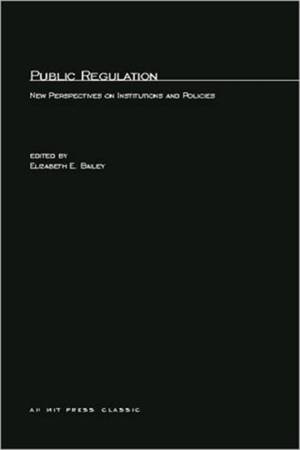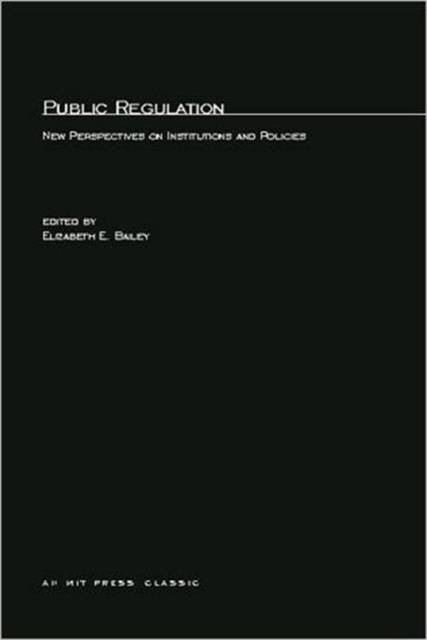
- Retrait gratuit dans votre magasin Club
- 7.000.000 titres dans notre catalogue
- Payer en toute sécurité
- Toujours un magasin près de chez vous
- Retrait gratuit dans votre magasin Club
- 7.000.0000 titres dans notre catalogue
- Payer en toute sécurité
- Toujours un magasin près de chez vous
Public Regulation
New Perspectives on Institutions and Policies
Description
Public Regulation studies the formation of institutions and government policies that regulate industry, offering new data, new contexts, and new tools for analyzing the structure and performance of regulatory activity. It addresses both how these institutions and policies came into being and how well or poorly they work. The contributors examine them variously, from economic, political, social, and historical points of view. The eleven original essays propose and demonstrate a wide variety of new techniques for assessing regulatory performance--general equilibrium theory, laboratory methods, the integration of rational expectations and game theory methods with regulations, cost-functions techniques, and probabilistic risk analysis--to reveal new empirical data from a range of regulated industries--agriculture, natural gas, nuclear power, airlines, health and environment. Essays in the book's first part, Design and Formation of Regulatory Regimes, deal with the shaping of institutions and policies and with the political evolution of regulatory regimes. The second part of the book, Assessment of Regulatory Performance, covers theory and methods, performance and effects. Public Regulation is fourteenth in the series Regulation of Economic Activity, edited by Richard Schmalensee.
Spécifications
Parties prenantes
- Editeur:
Contenu
- Nombre de pages :
- 420
- Langue:
- Anglais
- Collection :
Caractéristiques
- EAN:
- 9780262524032
- Date de parution :
- 17-03-03
- Format:
- Livre broché
- Format numérique:
- Trade paperback (VS)
- Dimensions :
- 150 mm x 226 mm
- Poids :
- 566 g

Les avis
Nous publions uniquement les avis qui respectent les conditions requises. Consultez nos conditions pour les avis.





